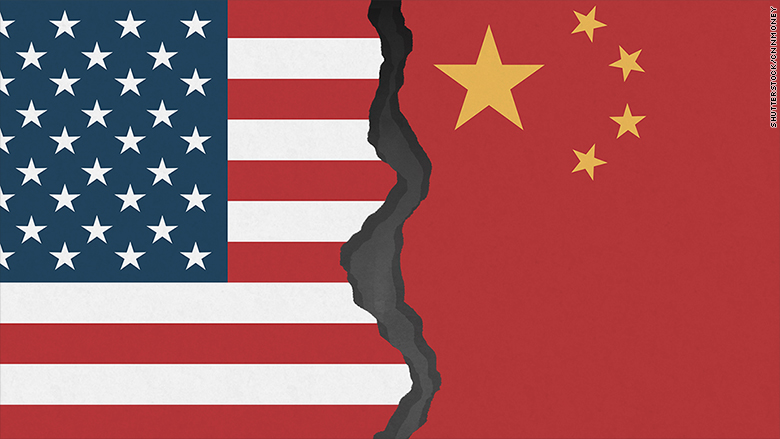The age of trade blocs? No, probably just Trump-blocks

Change is the only reliable constant and so it is with global trade. For more than 70 years, the international trading system has operated by the rules laid out by “most-favored nation” (MFN) status. This means that if a country grants certain concessionary terms of trade to one country, it must do so to all. It’s not as if MFN was always followed to the letter – politics intruded. But largely, the US supported MFN and this meant the system worked.
As Robert Samuelson, the American journalist who’s covered the politics and business of economics for more than 40 years, recently put it: “The traditional American view has been that trade liberalization (fewer tariffs and quotas) benefits all countries — importers and exporters alike. Trade is not a zero-sum game, where one party’s gain is inevitably the other’s loss.”
But now, Trump’s America seems to be willing to play by rules one might have thought China preferred. Simply put, these are as follows: bilateral, country-to-country negotiations, which enable the bigger, more powerful one to triumph. Multi-lateral rules don’t count. If you want to play in the US or Chinese market, do deals that do something for Trump or for Beijing.
I use the particular advisedly – “for Trump or for Beijing”. The way President Trump is running trade negotiations is about him and is likely to change if and when the White House is occupied by someone else. The way Beijing is cutting trade deals around the world is likely to stay much the same even were Xi Jingping to demit his lifetime tenure before he passes.
This is why it’s a bit hard to accept the argument advanced in a new paper by economists David S. Jacks and Dennis Novy, and recently published as by the National Bureau of Economic Research. Mr Jacks teaches at Canada’s Simon Fraser University and Mr Novy at the UK’s Warwick University.
They say that today’s contentious trade disputes recall the 1930s when competing trading blocs led by Britain and Germany controlled large portions of global commerce.
Mr Samuelson quotes them to say: “The trade wars of the present day [may lead] . . . to a reorientation of world trade around China- and US-centric trade blocs.” Until World War I, free trade flourished in Europe. But from 1815 to 1913, “world exports increased roughly by a factor of 50 in real [inflation-adjusted] terms”.
These economists argue that the 1930s Great Depression was a game-changer, with wages and prices falling and dramatic spikes in unemployment. Governments resorted to reducing imports by way of high tariffs and in 1932, Britain ditched its historic defense of free trade at the Imperial Economic Conference in Ottawa. Instead it dealt directly with Australia, Canada, India, New Zealand, South Africa and Southern Rhodesia and agreed the trade terms it wanted. Soon enough, Germany formed the Reichsmark bloc – Austria, Brazil, Bulgaria, Czechoslovakia, Greece, Hungary and Romania. And the US created the Smoot-Hawley tariff legislation of 1930.
The point they seem to be making is we’re heading that way.
It seems audacious to argue with the experts, but they themselves admit we’re not seeing “a wholesale collapse of the modern trading system…at the moment”.
As long as Mr Trump is in office, yes, the modern trading system will be strained. But one has to wonder if the US itself – as a political system and an economic power – would want the world to be in trading blocs.
So, perhaps what we’re seeing right now are Trump-blocks?

